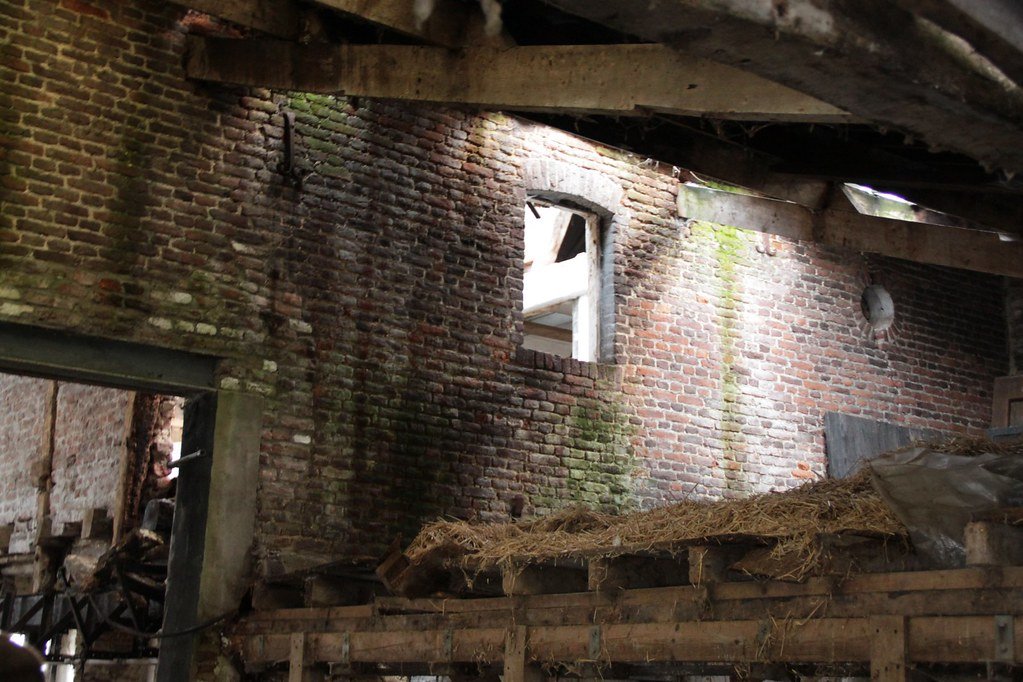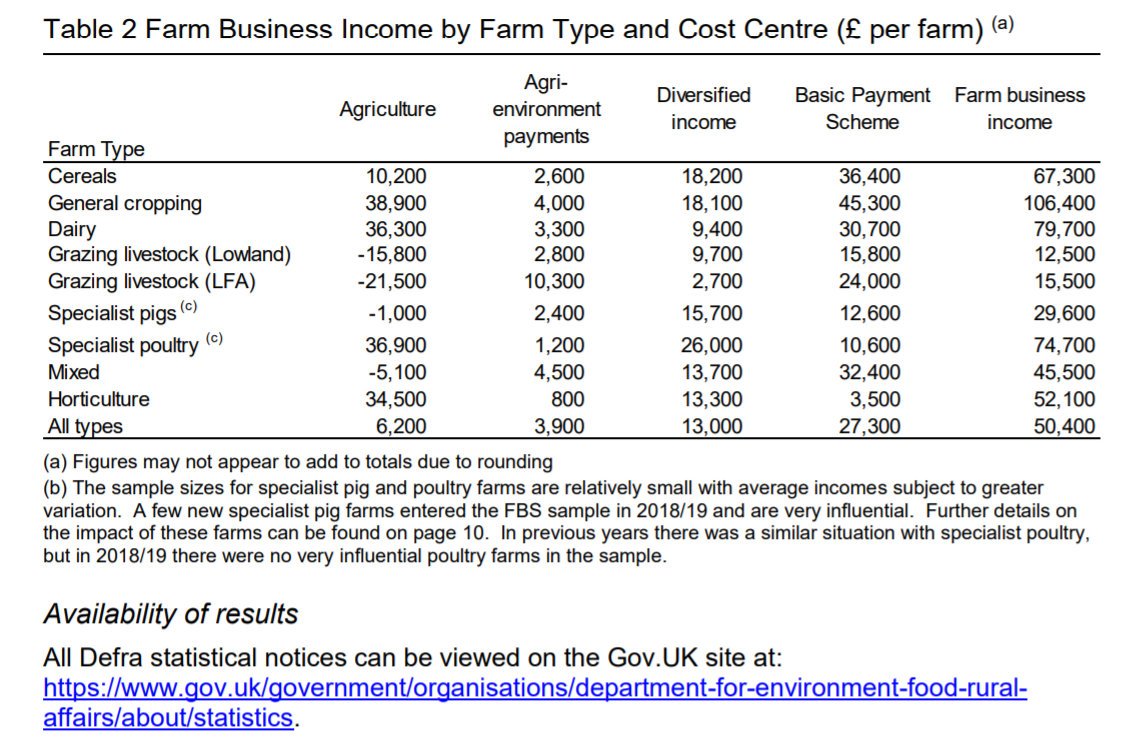
We left the EU in January 2020 and it’s now less than a month before the transition period ends. Depending on how you look at it, we are once again a ‘sovereign state’ able to take back control and make our own decisions – as if we were not free to do so before. Or are we now drifting loose in the open sea, about to be buffeted by global trade winds? At the same time, the government has published its vision for agriculture in England over the next seven years. During this period the farmers of England will transition from a system they have grown used to (and indeed many have grown up within) to a brave new world. Whether this future turns out to be closer to 1947 or 1921 will have a great bearing on all of us, because we all have to eat food.
“Why 1947 and 1921?” I hear someone muttering, “what’s he on about now? Oh no, not another cod history lesson!”
In 1947 the farmers of Britain were given their prize for heroically helping to feed the nation (and the troops) through the Second World War. That prize was generous support in the way of grants and government support for research to increase productivity – more cows per acre, more wheat per acre, fewer animals dying of disease, and so on. The Green Revolution was beginning and Britain was at its heart; not only would we be able to provide food for everyone, at a reasonable price, but we would also help to ‘feed the world’ by creating new ways of farming. Scientists and industries that had worked so effectively at developing new inventions and technologies during the war would be repurposed to create effective and affordable pesticides and fertilisers, new machinery to replace backbreaking work, and new ways of breeding crops and animals. Starvation, even hunger, would be consigned to history.
In the aftermath of the earlier Great War, the opposite happened. Farmers who had heroically helped feed the nation during WW1 (and provided the horses that powered that war) had been promised that government support, through payments designed to increase production and through price controls on key crops, would continue for at least four years after the end of the war. But as global supply lines opened up again, after the war and the great ‘flu pandemic of 1918-19, and huge wheat crops in North America drove global wheat prices down, the government reneged on its promises and withdrew its financial support. The combination of a withdrawal of subsidy and price supports, and low global commodity prices, precipitated a deep agricultural depression across Britain which lasted until 1939.
Now that the Agriculture Bill has been made law and the government department in charge of agriculture – Defra – has laid out its stall for how it sees things happening in the coming years, we can start to see glimpses of the future. The way that farmers and landowners are supported by the taxpayer is changing. For the last 15 years landowners and farmers have been paid mainly according to how much land they farm – so-called area payments. About a quarter of the total has gone towards ‘agri-environment’ schemes which are supposed to deliver benefits for the environment. Paying around £200 for every hectare of farmed land, with few strings attached, is a very inefficient and ineffective way of getting public benefits from farmland in return for the money paid out.
The new scheme, which is being introduced slowly to lessen the pain of withdrawal, will eventually pay farmers only for providing public benefits to society. Public benefits, or ‘public goods’ as they are known technically, cover a broad range of things, but they don’t include growing food. This is because farmers grow food to sell on the market at the best price they can get. That qualifies food as‘private goods’. Public goods are things like the joy of a beautiful landscape, hearing birdsong. More prosaically, public goods include storing lots of carbon to counter climate change, or actively preventing floodwater from whooshing down into the houses of the town downstream from the farm. There are of course grey areas. Does ‘rural vitality’ constitute public goods? If you were living in a small remote village where farming was the principal livelihood of many residents, you could well argue that it was.
There are also the questions about which public goods should be paid for, and which should be required through regulation. After all, we are all constrained in our behaviour by rules and regulations and that must apply equally to the owners of the 72 per cent of the country that is farmland. The government’s plans are clearly to leave the bureaucracy of the Common Agricultural Policy behind, but it seems clear that their intention is to reduce the regulatory burden considerably. Leaving farmers and landowners to operate in a sustainable manner on trust, or via ineffective schemes like Red Tractor (which is part-owned by the National Farmers Union), is the epitome of marking your own homework.
It has long been argued that farmers and landowners should only receive public support for farming (and, more broadly, looking after the countryside) in ways which are environmentally friendly, but with decisions being made about UK agricultural policy happening in far off Brussels. These arguments have mostly fallen on deaf ears … until now. So it’s not surprising that the government’s plans have been welcomed by environmental groups who have campaigned for exactly this sort of change for decades. Farmers, on the other hand, are staring down the barrel of a gun. And the reason is this. Farmers, at least in most sectors, have become entirely dependent on those subsidies to keep their businesses going, as these figures from this government report illustrate.

While a few sectors such as pigs and poultry are not so dependent on subsidies, others, such as livestock enterprises, are entirely dependent on them. Cereals and cropping farms tend to have more volatility from one year to the next, and increasingly so as the climate becomes more unstable. And this is where two other factors come into play. First, the stability that membership of the EU single market has provided. Our sheep industry is entirely dependent on tariff-free exports to the EU, and the freedom of operating within the same rules on such things as animal health. More than a third of sheep are exported there – or they were until this year. So even if the price was low at least the sales were guaranteed. And the opposite also applied in that the single market provided a protective (some might say protectionist) barrier against cheaper lower quality (less safe) food imported from outside the EU. As the arguments about chlorinated chicken illustrate, being outside the EU and opening our markets to cheap imports might be exactly what some in the government want, not least via a UK/US trade deal.
The other factor is that farmers are beholden to the supermarkets, and more broadly to the food industry, for the prices they are paid. Farmers get very little of the retail price of the food they produce – it varies from one product to another. And they have to accept lower prices if their products are put on discount by the supermarkets. Taking advantage of a BOGOF offer just takes money out of the farmer’s pocket. This is just one of the many costs of ‘cheap food’. And if you don’t think people paying more for food will lead to more hunger, I have several thousand food banks to show you.
Unless we are able to come up with solutions that prevent UK producers from being undercut by cheaper, lower quality imports on the one hand, and also ensuring that farmers get a fairer share of the retail price of their products, then this exciting experiment – paying farmers to provide public benefits to society – is likely to be seen as just that: an exciting experiment, but one that ultimately did not deliver. And that could lead to something closer to 1921 than 1947.
You might also like to read these articles on the issue.





